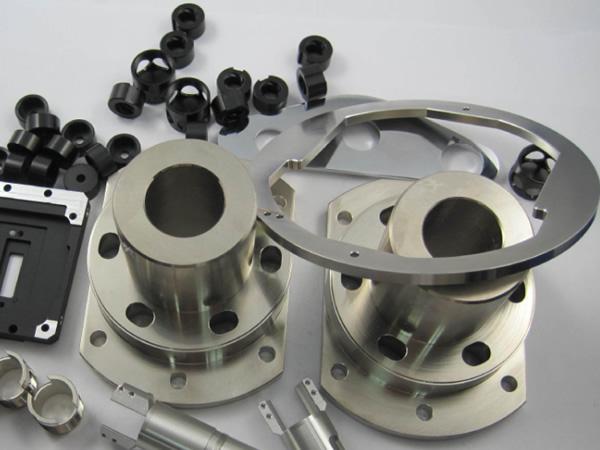
What should I do if there are negative and positive surfaces on the aluminum alloy casing CNC after machining? This is a relatively easy problem to solve. Let's first talk about the negative and positive surfaces on the aluminum alloy casing CNC after machining. If they are not effectively treated, what causes them after long-term use?
1. The difference between the yin and yang surfaces becomes more pronounced after oxidation, resulting in a decrease in the overall appearance quality of the aluminum alloy shell.
2. The difference between the positive and negative sides may also lead to uneven strength and corrosion resistance of the casing, which in turn affects the stability and lifespan of the entire device.
3. The color and quality of the oxide layer will also be affected by the positive and negative sides, resulting in different thickness and quality of the oxide film, leading to fluctuations in service life and product quality.
4. The positive and negative surfaces may also have an impact on subsequent treatment processes such as surface painting or painting, leading to a decrease in the adhesion and quality of the coating.
Therefore, when negative and positive surfaces appear on the aluminum alloy casing after CNC machining, surface treatment or CNC machining should be carried out as soon as possible
Machining of aluminum alloy parts
Knowing the impact of negative and positive surfaces on CNC machining of aluminum alloy shells,
So let's understand that there may be several reasons for the appearance of negative and positive surfaces on the aluminum alloy casing after CNC machining:
1. Uneven wear of CNC machining tools leads to changes in cutting depth or angle during the machining process.
2. Improper setting of cutting parameters, such as improper control of parameters such as feed speed and rotational speed, can also lead to the appearance of yin and yang surfaces on the machining surface.
3. Improper clamping of the workpiece can cause slight vibration or displacement during the machining process, resulting in uneven surface quality.
4. Aluminum alloy materials have unstable properties, which may cause deformation or discoloration, leading to the appearance of negative and positive surfaces on CNC machining surfaces.
5. Design issues: The parts have obvious negative and positive surfaces during the design phase, which makes it difficult to avoid during CNC machining.
The above are the main reasons for the appearance of negative and positive surfaces in CNC machining of aluminum alloy shells
CNC machining of metal parts
When the negative and positive surfaces appear after CNC machining of the aluminum alloy casing, the following measures can be taken:
Use sandpaper or a grinder to surface treat the casing to make it look more uniform.
Apply surface treatment methods such as spraying to enhance the appearance effect.
Adjust the CNC machining program to minimize the generation of yin and yang surfaces as much as possible.
Consider this issue during the design phase and make adjustments to ensure that there are no obvious positive or negative surfaces on the parts before CNC machining



